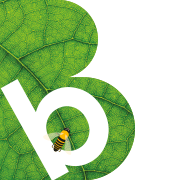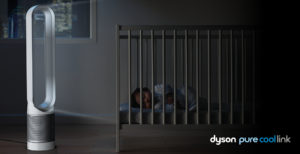
Asthma and Hayfever
It can be heartbreaking to see your child struggling with Asthma and Hayfever. B tackles these conditions.
Breathing problems in babies and children can be quite worrying, especially if you suspect they have asthma and hayfever. How do you help them and what should you do when they have an attack?
What is asthma?
This is a long-term condition that affects the lungs and the airways leading to them that can affect lifestyle – sometimes quite severely. When your child comes into contact with an allergen, the muscles around their airways start to become irritated and to tighten, making them narrower. The lining becomes inflamed and there can be a build up of phlegm too. Symptoms include wheezing and coughing and this makes it increasingly difficult for your child to breathe normally.
How is it treated?
Most children will be treated with an inhaled drug (for example Ventolin), which they take when the symptoms occur. They may also be prescribed a preventative inhaler containing a low dose of corticosteroid. Very small children will use a spacer – a large plastic container that helps mix the air with the drug before the child inhales it – or a face mask.
When they have an attack
First, it’s important that you keep calm when your child starts to have problems breathing. Help him to sit still and try to calm him. If you panic, he will probably do so too, which can make the attack worse. Get the inhaler and help them to take it – they should use an inhaler every 30-60 seconds for a maximum of 10 puffs.
If, after this, the symptoms don’t get better, you should call 999 and get your child to hospital.
Care plan
Aways discuss with your doctor if you are concerned that your child has asthma and hayfever. Make sure you and your doctor discuss a care plan to prevent risks of an attack. Review their care plan every six months and make sure medicines are not only used as prescribed but are not past their expiry dates.
What else can help?
Having an air purifier can help with asthma and hayfever. Particles such as pollen, pet dander, auto emissions and more can cause irritation to allergy sufferers, so removing particles from the atmosphere can help alleviate symptoms. Look for one with a good filter that cleanses the air effectively. In this way, your child’s lungs are supported, not fighting against the allergens that may be in the room, especially in warmer months windows are open.
Read about why air quality in the nursery is so important
What is hayfever?
The medical name for hayfever is Seasonal Allergic Rhinitis and it is an allergic reaction to the pollen from plants, grasses and trees. Symptoms include itchy, sore eyes with perhaps a discharge, a runny nose, sneezing and coughing. Your child may be allergic to one kind of pollen or several, making it difficult to know when symptoms might appear. The good news is, it’s seasonal so it will only last a few weeks.
How is it treated?
Your child can be prescribed antihistamines by a pharmacist, or you can try to keep them indoors when the pollen they are most allergic to is at its height. This is not very practical though! Corticosteroids can also be prescribed to reduce swelling.
How can you help your child if they have asthma and hayfever?
- Shower and change clothes after being outdoors
- Stay indoors when the pollen count is high
- They can wear sunglasses
- Use a nasal ‘trap’ – gel around the nose to stop pollen going in.
Asthma.org.uk has some helpful information or call their helpline 0300 222 5800

